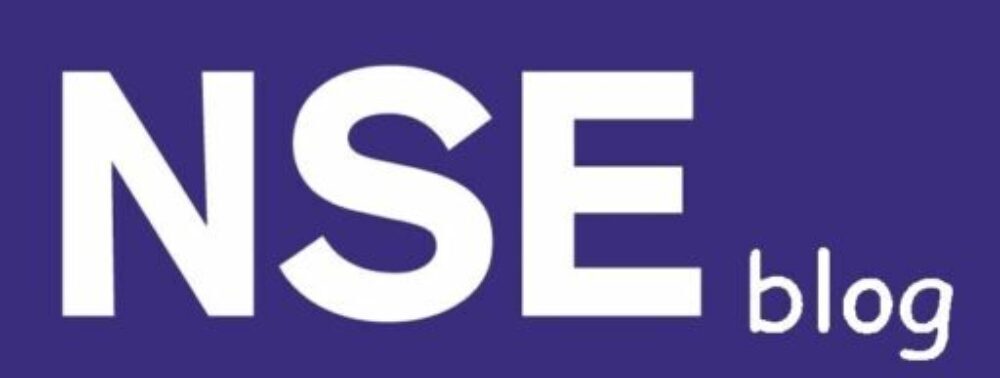#NSE0072– HDFC Bank – Personal Banking & Netbanking Services
HDFC Bank indeed holds a significant position in India’s banking sector. With its diverse range of banking and financial services, it has garnered a substantial customer base and built a strong reputation for reliability and innovation. The association with HDFC Ltd., one of India’s leading housing finance companies, adds to its credibility and stability. It’s notable how HDFC Bank has evolved since its inception in 1994, consistently expanding its offerings and footprint across the country.
- Market Capitalization (Market Cap): ₹11,52,00+ crores.
- Stock Price-to-Earnings Ratio (P/E Ratio): 18.0
The Price-to-Earnings (P/E) ratio is a valuation metric that compares the current market price of a company’s stock to its earnings per share (EPS). A P/E ratio of 18.0 indicates that investors are willing to pay ₹18 for every ₹1 of earnings per share.

Shareholding Pattern (March2024) of HDFC Bank, indicating the percentage ownership by different categories of investors. Let’s break it down:
- Promoters: The percentage remains unchanged at 0.00%, indicating that there has been no change in the ownership stake held by the promoters.
- FIIs (Foreign Institutional Investors): Their ownership has increased by 47.83%, suggesting a significant rise in interest and investment from foreign institutions.
- DIIs (Domestic Institutional Investors): Their ownership has increased by 33.33%, indicating a notable uptick in investment from domestic institutional investors.
- Public: The ownership by the public has increased by 18.64%, implying a rise in ownership by individual retail investors or other non-institutional entities.
Here are the key performance metrics for HDFC Bank in the fourth quarter of the fiscal year 2023-2024:
- Deposits: Increased by ₹1.66 trillion, marking a growth of 7.5% during the quarter. Retail deposits specifically grew by ₹1.29 trillion, indicating a 6.9% increase. The growth in deposits benefited from seasonal trends typically observed in the March quarter.
- Advances: Grew by ₹0.39 trillion, showing a modest increase of 1.6% during the quarter.
- Asset Quality: Remained stable, with the Gross Non-Performing Asset (GNPA) ratio at 1.24%. This suggests that the bank’s asset quality is relatively healthy.
- Profit After Tax (PAT): Stood at ₹165 billion for the quarter. Return on Assets (RoA) was reported at 1.96%, while Return on Equity (RoE) was at 15.4%.
- Net PAT Impact: Transaction gains and certain provisions contributed positively to the net PAT impact by ₹6.9 billion.
- Consolidated EPS: Reported at ₹23.2 for the quarter, reflecting the earnings per share on a consolidated basis.
- Capital Adequacy Ratio: Healthy at 18.8%, indicating that the bank has adequate capital to support its operations and manage risks effectively.
These metrics provide an overview of HDFC Bank’s performance in terms of deposit and loan growth, asset quality, profitability, and capital adequacy during the specified quarter. Overall, the bank appears to have delivered solid results with stable asset quality and healthy financial ratios.
Disclaimer-
It’s important to note that discussions like are for informational purposes only and should not be taken as specific We are not SEBI registered investment advisor. Whether analyzing a company’s financial health, examining market trends, or discussing technical chart patterns, the goal is to provide insights and perspectives that can help you make more informed decisions according to your own research and investment strategy. Always consider consulting with a financial advisor or conducting thorough personal research before making any investment decisions.




